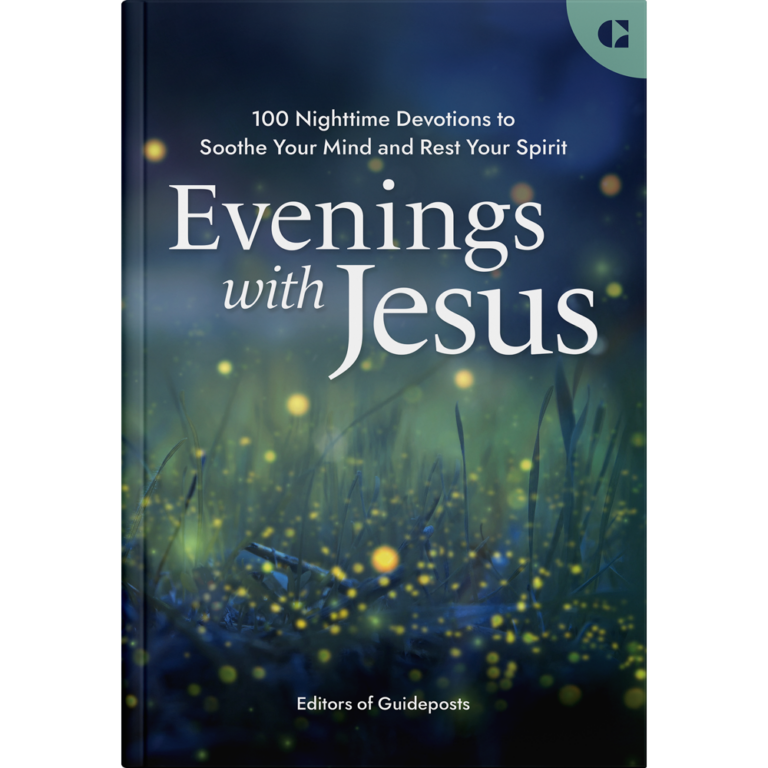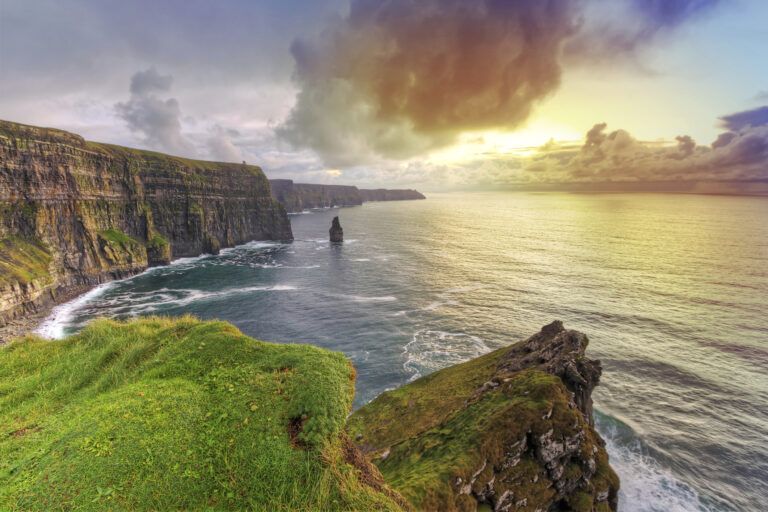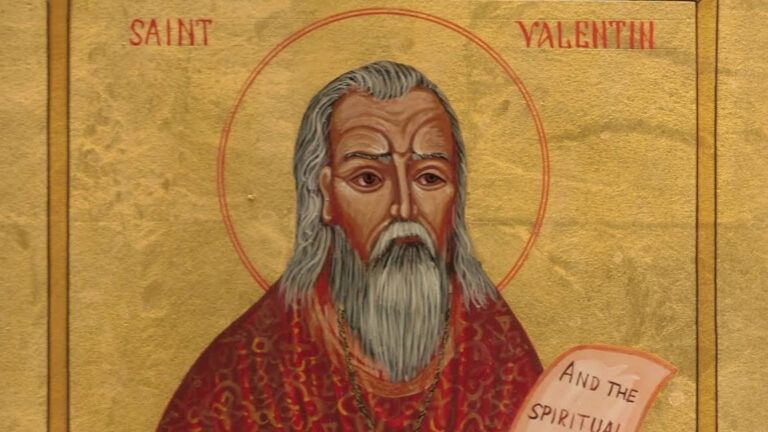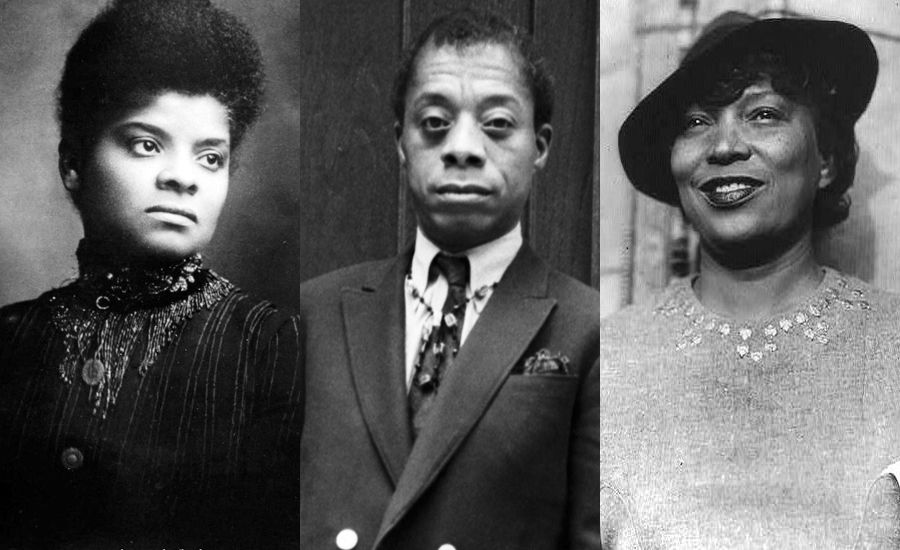I woke up this morning 3,000 miles from where I wanted to be. My wife Kate and I just finished a week’s vacation backpacking in Death Valley, the desert national park in California. Maybe hiking through barren, rocky canyons and sleeping in frigid mountain passes isn’t everyone’s idea of an idyllic vacation. But Kate and I needed to get away from New York, away from people and noise and city urgency—and there is probably no place farther from all that than Death Valley, a 156-mile-long, bone-dry trough surrounded by towering mountain ranges.
Death Valley is the hottest (over 130 degrees in summer), driest (less than two inches of rain per year) and lowest place in North America (282 feet below sea level). I had never been there, despite growing up in California. Kate had been once before at a pivotal time in her life. She was deciding whether to pursue ordination as an Episcopal priest. Sitting under an ancient stand of limber pines at the top of Telescope Peak (11,049 feet above the valley floor, to give an idea of the immense contrasts), she said yes to God. We thought the park would be a good place to seek what we so desperately miss in New York—the spiritual renewal of solitude.
Well, cresting the Panamint Range, which separates the valley from the rest of California, I wondered whether we were overdoing it on the solitude. Death Valley on a winter weekday is very, very, very empty. All around rose silent, implacable mountains.
The valley floor, white with salt deposits, stretched to the limit of sight—a long way, since the dry desert air is remarkably, almost disorientingly clear. I didn’t say anything, because I know how much Kate loves the desert. But inside I wondered, Is this place too harsh? It all looked so lifeless, so indifferent. “The desert never really loves you back,” Kate said approvingly. How could that be a good thing?
Then we began walking. We explored three parts of the park: Fall Canyon, a narrow red-rock canyon winding into the Amargosa Range; sand dunes at Mesquite Flat, rising about 100 feet above the valley floor; and sagebrush country at Emigrant Pass in the Panamints, about halfway between the valley and Telescope Peak. The going each place was slow—rocky, sandy or snowy. But the slower we went, the more I began to see.
In Fall Canyon, a turkey vulture patrolled the canyon mouth, lazily riding air currents, scanning for mice and gophers—the very tip of a complex canyon ecosystem. On the dunes, I noticed something black and shiny near my foot. I bent down and saw an inch-long beetle shuffling through the sand. It turns out there are four species of beetle found only in Death Valley—along with 15 species of snail, four species of fish (yes, fish!) and a dozen species of plant. Many more desert plants and animals also call the valley home, from bighorn sheep to the puffball-sized kangaroo rat, which metabolizes water from dry seeds and reabsorbs the moisture it exhales while breathing.
The valley, it turns out, teems with life. You just have to know where to look. On our last (cold!) morning at snowbound Emigrant Pass, we awoke to a frozen tent, temperature below 10 degrees, solid ice in our water bottles—and the sound of a lark greeting the sun. From where we camped we could see the eastern side of the Sierra Nevada mountains, including Mount Whitney, highest mountain in the continental U.S.
The day before we had been on the valley floor. I realized suddenly that in this supposedly barren place we had seen, in a way, the whole world—the high, the low, the silent places, the singing birds, the sprouting sage and the dry, dry earth. Kate is right. Unlike forested mountains with chattering streams and flowery meadows, the desert does not love you back. It’s too busy surviving. But that doesn’t mean it doesn’t deserve your love. You have to learn how to love it. How to look beyond its stony exterior, listen to its pregnant silence and let it live on its own fierce terms.
That sounds daunting, and I was daunted at first. But by the time we drove away, back to Los Angeles and the airplane home, I didn’t want to leave. Maybe in Death Valley I, too, in some inarticulate way said yes to God. On his own fierce terms.
Jim Hinch is a senior editor at GUIDEPOSTS. Reach him at jhinch@guideposts.org.





